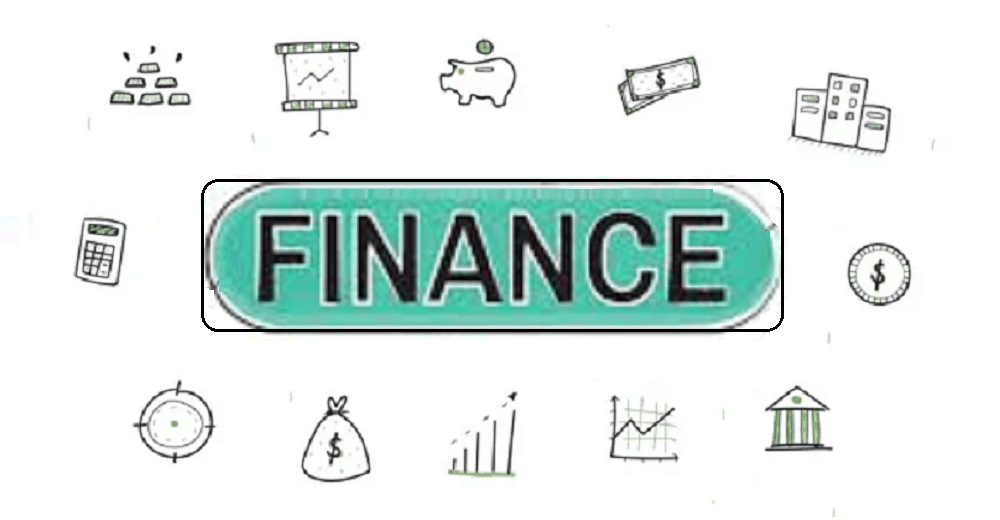
This hypothesis emphasises the accumulation of debt by firms which in times of rising interest rates leads to corporate collapse and hence a fall in output thus compounding the fluctuations in the business cycle. The important intermediary role of the banking sector is also highlighted in the accumulation of debt by firms. The major elements of this hypothesis are:
- Firms are motivated to accumulate capital due to the expectation of earning profits.
- Aggregate expenditure basically drives output and hence profit growth.
- The banking sector plays a leading role in helping firms accumulate capital by providing finance which leads to rising debt.
The debt burden of firms is characterised by:
- Hedge finance – where firms meet their debt (interest and principle) obligations from cash flow.
- Speculative finance – where firms meet their interest payments from cash flow although principle cannot be repaid.
- Ponzi finance – where firms cannot meet either interest or principle repayments from cash flow.
The financial instability hypothesis thus emphasises the economy is characterised by different financing regimes, some of which are stable and others unstable. During periods of prolonged economic prosperity, the economy moves from stable to unstable financial regimes as firms become over optimistic about economic conditions and hence increases borrowing which ultimately leads to an increase in debt. For example, firms move from speculative to Ponzi finance.
However, rising interest rates will create debt repayment problems. Specifically, firms which have undertaken speculative finance become Ponzi whilst Ponzi firms collapse. Consequently, this leads to a fall in output which aggravates fluctuations in the business cycle.
BATheories.com is managed by a group of educators from Mumbai. We also manage the website StudyMumbai.com. Our panel includes experienced professionals and lecturers with a background in management. BATheories is where we talk about the various business theories and models for BA (Business Administration) students.